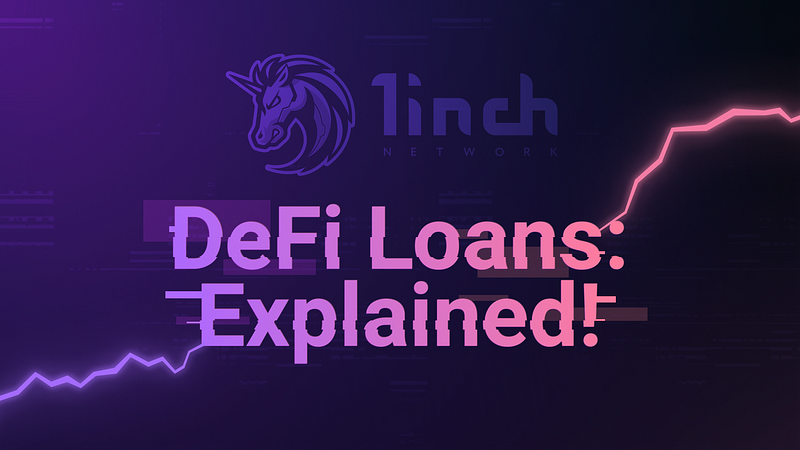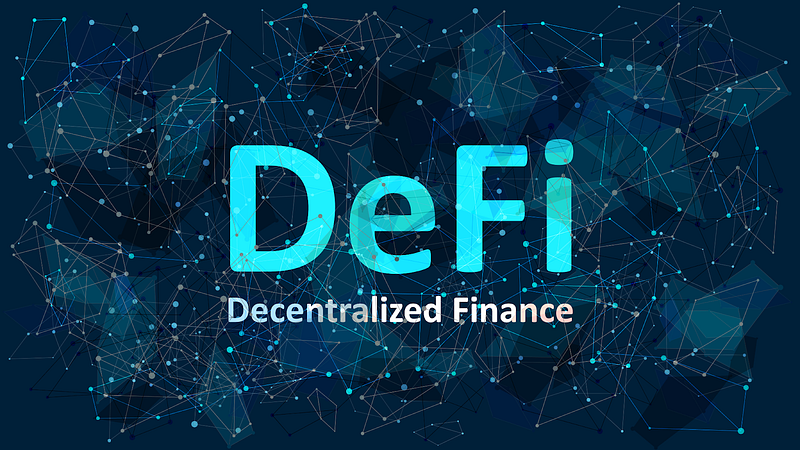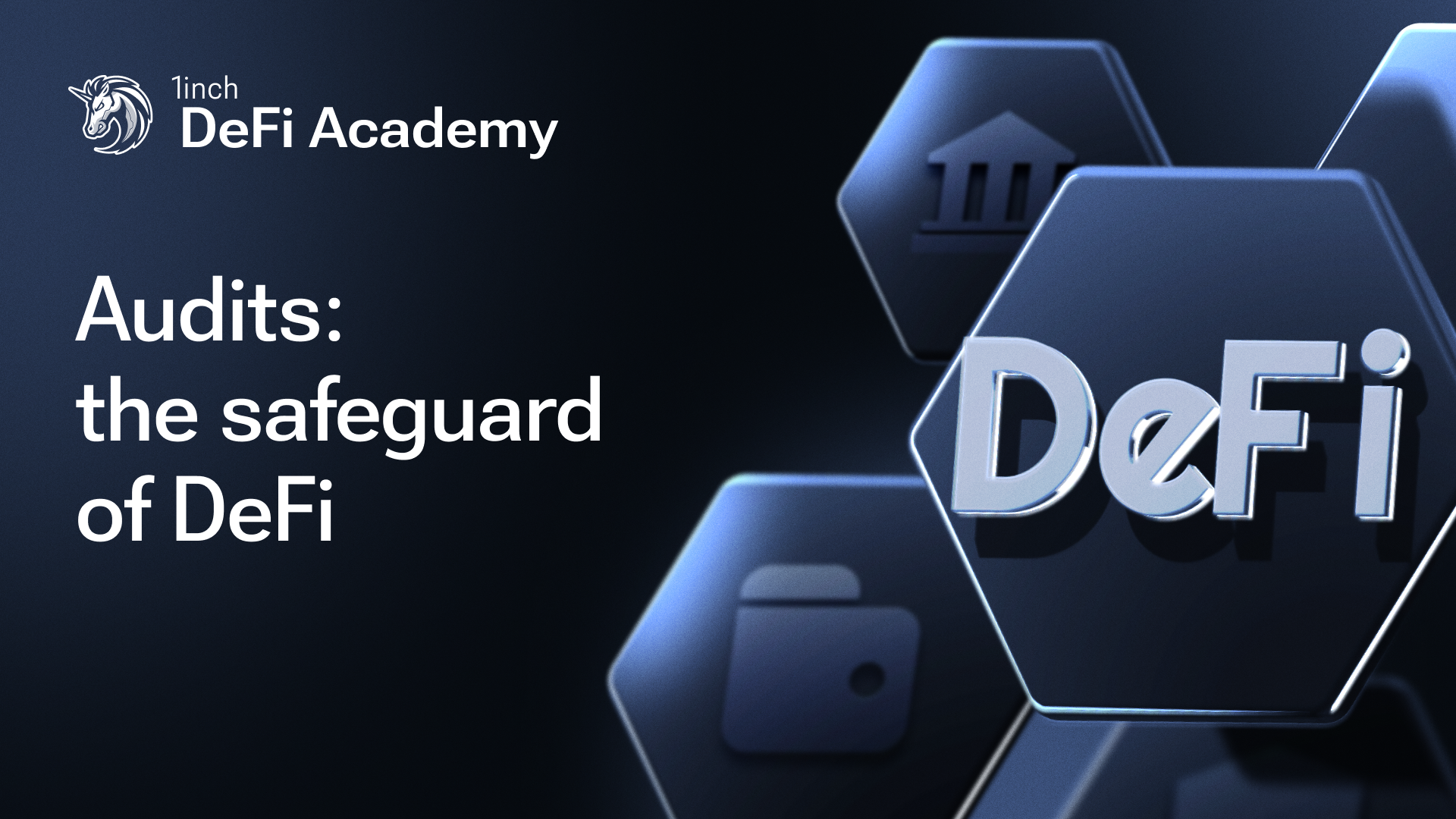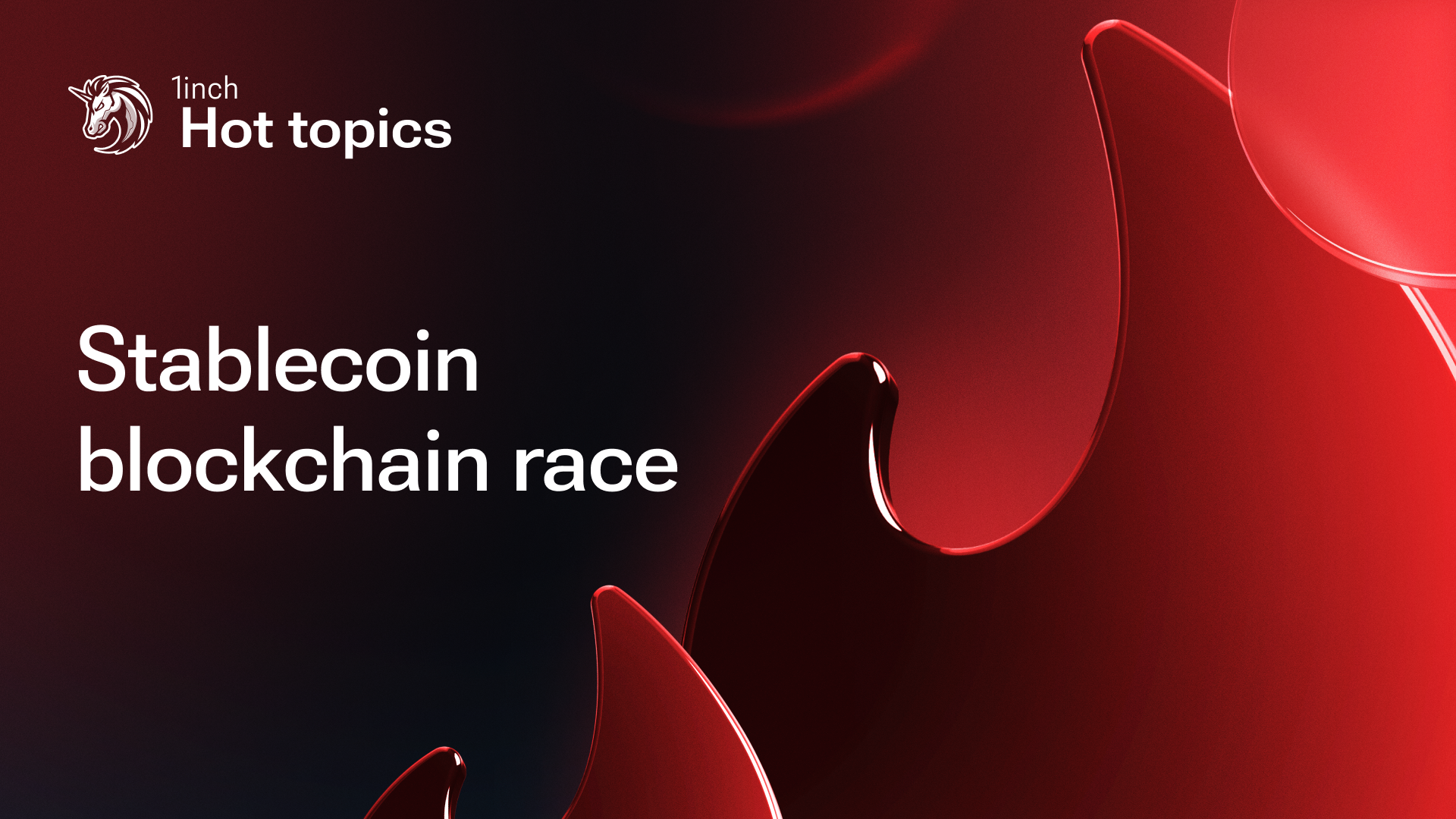DeFi loans explained: everything you need to know

As DeFi projects gain momentum and Mark Cuban predicts that DeFi has a great potential to explode, the monthly volume of decentralized exchanges skyrocketed from just $39.5 million in January 2019 to $85 billion in May 2021. And this fact sounds impressive.
Today, we will discuss this new trend – DeFi and one of the most promising areas of its development – loans. Let’s take a closer look.

Lend and borrow
Lending and borrowing are crucial elements to any financial organization. Most people face borrowing at some point in their life, such as student loans, mortgages, or car loans.
The whole system of lending and borrowing is quite simple. Lenders, also known as depositors, give money to borrowers in return for a percentage of their deposits. Borrowers can also be called loan takers. They are willing to pay interest on the sum they get in exchange for having a lump sum payment instantly.
Traditionally, lending and borrowing are provided by financial companies like banks. They are controlled by centralized systems operated by governing bodies and gatekeepers. Regular customers have to deal with a number of financial middlemen to get their funds.
Regarding short-term lending and borrowing, the sphere of traditional finance that specializes in it is called the money market. The money market provides a wide range of financial instruments, such as CDs (certificates of deposits), repos (repurchase agreements), treasury bills, etc.
And DeFi challenges this centralized financial industry by eliminating third-party interference.

What is DeFi?
We all can admit that the integration of the latest instruments in the financial sphere is not new. Most transactions are made thanks to them. However, third-party interference is still required to navigate the legalese of jurisdictions, competing for financial markets, and different standards to process these transfers.
DeFi (short for “decentralized finance”) is an umbrella term for a wide range of financial tools and dApps in crypto or blockchain. It is aimed to eliminate financial intermediaries.
Decentralized finance brings technology to the forefront. It can be integrated into blockchain and cryptocurrency segments, but its abilities are much broader.
So, top-notch technologies are used in DeFi to eliminate centralized systems and provide financial tools and services for anyone worldwide. These services and systems are usually based on public blockchains. They also duplicate existing offerings built around common technology norms, or they provide new solutions specifically made for DeFi.
In addition, DeFi applications give users the ability to control their funds through personal wallets and trading websites that collaborate with individuals instead of institutions.

DeFi advantages
DeFi protocols and systems promise to bring a lot of benefits to consumers and investors, including eliminating intermediaries and central oversight, making financial markets more widely available to retail investors and creating new investment opportunities. To achieve their lofty ambitions, DeFi developers integrate some fundamental properties of blockchain technology. Find out major things that tools and systems based on De-Fi can provide:
- It is useful for countries with weak economies as well as developed countries in the field of DeFi lending, investment, and integrating new instruments of income generation.
- There is no need to manage. Rules are recorded in a smart contract. Once it is started,a DeFi dApp can operate on its own.
- Its ecosystem is inclusive. So, anyone can create and use a dApp. Unlike the traditional financial segment, there is no control. In a traditional financial company, you have to get permission from an intermediary to carry out almost any financial transaction. To withdraw a penny from your account, you must wait for bank approval, while DeFi users can send funds without it.
- Thanks to decentralization, control is spread over the ecosystem. There are no regulatory hurdles. Transactions are transparent, and they are processed in a flash without a need for an intermediary financial organization.
- These dApps are available 24/7 and offer the best rates both for borrowers and investors. Before DeFi, if you needed to get a loan, you would have to go to the bank, and a lot of time would be wasted. With DeFi, you can get a loan in a matter of minutes from anywhere and at any time, as long as you have a stable internet connection.
- It is controlled by a smart contract and voting. It allows users to set up clear rules, laws, and a clear ecosystem.
- Open source is integrated. As well as blockchain, it is more convenient, reliable, and accessible for customization and redistribution.
- Eliminates all human errors on a day-to-day basis unless the product was poorly designed.
- A “healthy” system. COVID-19 has shown that traditional financial organizations are very vulnerable to global shocks due to direct contact between individuals. According to Nariman Behravesh, chief economist at the consulting firm IHS Markit, this pandemic has caused an economic shock three times worse than the financial crisis in 2008. There is no need for physical contact to manage this decentralized financial system. It is essential in the current health crisis.
But are all of these services and platforms risk-free? Undoubtedly, the answer is “No”. Just like an apple that may contain a worm, DeFi protocols and products have their own problems and risks.

Lending and borrowing in DeFi
DeFi lending enables users to become lenders or borrowers in a completely decentralized and seamless way, while enjoying full custody over their funds.
It is based on smart contracts that run on open blockchains, mostly on Ethereum. This is also why crypto lending and borrowing based on DeFi, in contrast to CeFi, is available to everyone with no need for sharing your personal information or trusting someone else to store your money.
We all know that crypto assets fluctuate, but keeping them idle in wallets does not bring income. Here, DeFi comes into the picture.

DeFi loans give you the ability to lend your crypto assets to borrowers and earn money. Banks have always been using this option to the fullest. Now, thanks to DeFi, anyone can be a lender. So, you can loan your funds to others, and you will be able to generate income on that loan. It can be utilized through lending pools, loan companies of traditional banks.
Investors can collect their crypto assets and distribute them to borrowers via smart contracts. There are various ways to distribute funds. So, it is recommended to do your own research to identify the most suitable type of investing. The same goes for borrowers due to a wide range of accessible options.
While taking a loan from a traditional financial company, collateral is needed that can be associated with that loan. For example, for a car loan, a car itself is necessary. When a customer does not pay back the loan, the company can seize the car.
The same is accessible in the decentralized ecosystem. The main difference is that the system is anonymous and does not involve any physical property as collateral.
If you are ready to get a loan, you have to offer something more valuable than the loan sum. This smart contract is used to deposit these funds at least equal value to your loan.
It is important to notice that any digital asset can be used as collateral. For example, if a user plans to borrow one BTC, there is a need to deposit the price of one BTC in LTC.
What should we expect in the near future?
Given DeFi’s stellar growth in 2020, it is hard not to be optimistic about the segment. This year will likely bring new challenges, as well as new excellent opportunities.
Projects based on DeFi are gaining momentum as investors become more interested in top-notch financial technologies. Flash loans are still popular, and they will rise in popularity as time passes.
However, despite this, there have been a few problems showing that flash loans have to be upgraded and improved to prevent fraud and suspicious activity.
Despite all advantages of this tech, alas, there are currently no well-known or successful global products based on DeFi in the financial industry. It is so due to monetary authorities. They are not ready for integrating new technologies, and they see DeFi as a threat rather than, an opportunity.
While more and more investors get involved in DeFi projects, it is hard to say where they will continue to develop. Much of that depends on who finds these dApps helpful and why. Many believe various DeFi projects have the potential to become the next Robinhood, drawing in hordes of new users by making financial services more inclusive and open to everyone.
But we believe that the best is yet to come, and DeFi’s future looks quite prosperous. As the world chugs along towards a digital and decentralized future, we already see tokenized coins, including digital gold, non-fungible tokens (NFTs), and artworks become more common, while many governments around the world are trying to integrate central bank digital currencies (CBDC).
This financial system is new, experimental and it has problems, especially with security and scalability.
But the DeFi industry hopes to find a solution. Ethereum 2.0 could improve the network’s scalability via a concept known as sharding. It is a way of dividing the underlying database into smaller pieces that are more comfortable for individual customers to use.
Use cases for smart contracts are exponential, spanning from DeFi to gaming, tokenized real-world assets, prediction markets, transactions and payments.
As the manner in which both individuals and organizations interact, share information, and use financial options continue to be revolutionized by the latest tech, smart contracts and DeFi will continue supply its customers with user-friendly systems and financial freedom.
That is all for now. We hope this article will be useful for you. Stay tuned for more helpful content coming soon!




























